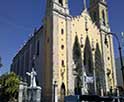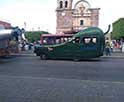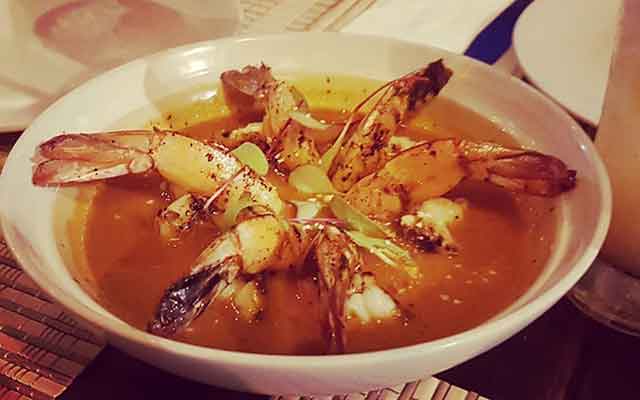The Mystery of El Calon: The Shell Pyramid of Sinaloa
A Journey to El Calon: The Shell Pyramid of Sinaloa
Reading time : 1 minute,
Discovery Chepe Id-572-PMA
Published in
12-31-2024

Photo: INAH Sinaloa Centro Youtube Channel
According to the studies carried out, the main species of shells used in the construction of El Calón were: mule's foot, oyster, clam, scallop and snail. Some snail specimens have been found, although their presence is less significant compared to the other species.
On the coasts of Escuinapa, Sinaloa, lies one of the most enigmatic structures in Mexico: El Calón, an imposing pyramid built almost entirely of seashells. This pre-Hispanic monument, one of a kind, has captivated archaeologists, historians and tourists alike.
A trip to the past
According to historical records, it was in 1968 when the American archaeologist Stuart D. Scott was conducting research in the marshes of Escuinapa, Sinaloa. During his explorations, he chanced upon this imposing shell structure.
Scott, recognizing the archaeological importance of the discovery, began a series of studies and excavations that revealed the magnitude and complexity of El Calón. Since then, this site has been the subject of numerous investigations by archaeology specialists, who have worked hard to unravel the mysteries of this ancient civilization.
Built by the ancient Totorame culture, El Calón stands as a testament to the ingenious architecture and beliefs of this pre-Hispanic people. Its construction is estimated to have taken place between 1750 BC and 750 AD, making it one of the oldest structures in the region.
Why shells?
The choice of shells as a building material may seem unusual, but there is a logical explanation. In the area where El Calón is located, stone was a scarce resource, while shells were abundant on the coasts. In addition, shells had a symbolic meaning for the Totorames, who associated them with fertility and abundance.

The Ancient Wonders of El Calon The Shell Pyramid in Escuinapa
English:Photo: INAH Sinaloa Centro Youtube Channel
A ceremonial center
Archaeologists believe that El Calón served as a ceremonial center for the Totorames. In this place, rituals and ceremonies related to agriculture, fishing and fertility were performed. The pyramid was a meeting point and a sacred place for the community.
A mystery to be solved
Despite the numerous studies carried out, there are still many mysteries to be solved around El Calón. How did the Totorames manage to transport and stack millions of shells to build this imposing structure? What significance did the different types of shells used have? These are just some of the questions that continue to intrigue researchers.

Photo: INAH Sinaloa Centro Youtube Channel
The vegetation covering El Calón could be acting as a kind of natural protection. The roots of the plants help consolidate the soil and prevent erosion, which in turn helps preserve the structure of the pyramid.
El Calón today
Today, El Calón is a protected archaeological site and has become an important tourist attraction. Visiting this place is a unique opportunity to connect with the past and admire the ingenious architecture of our ancestors.
See Also
Discovery Chepe
Most read...













